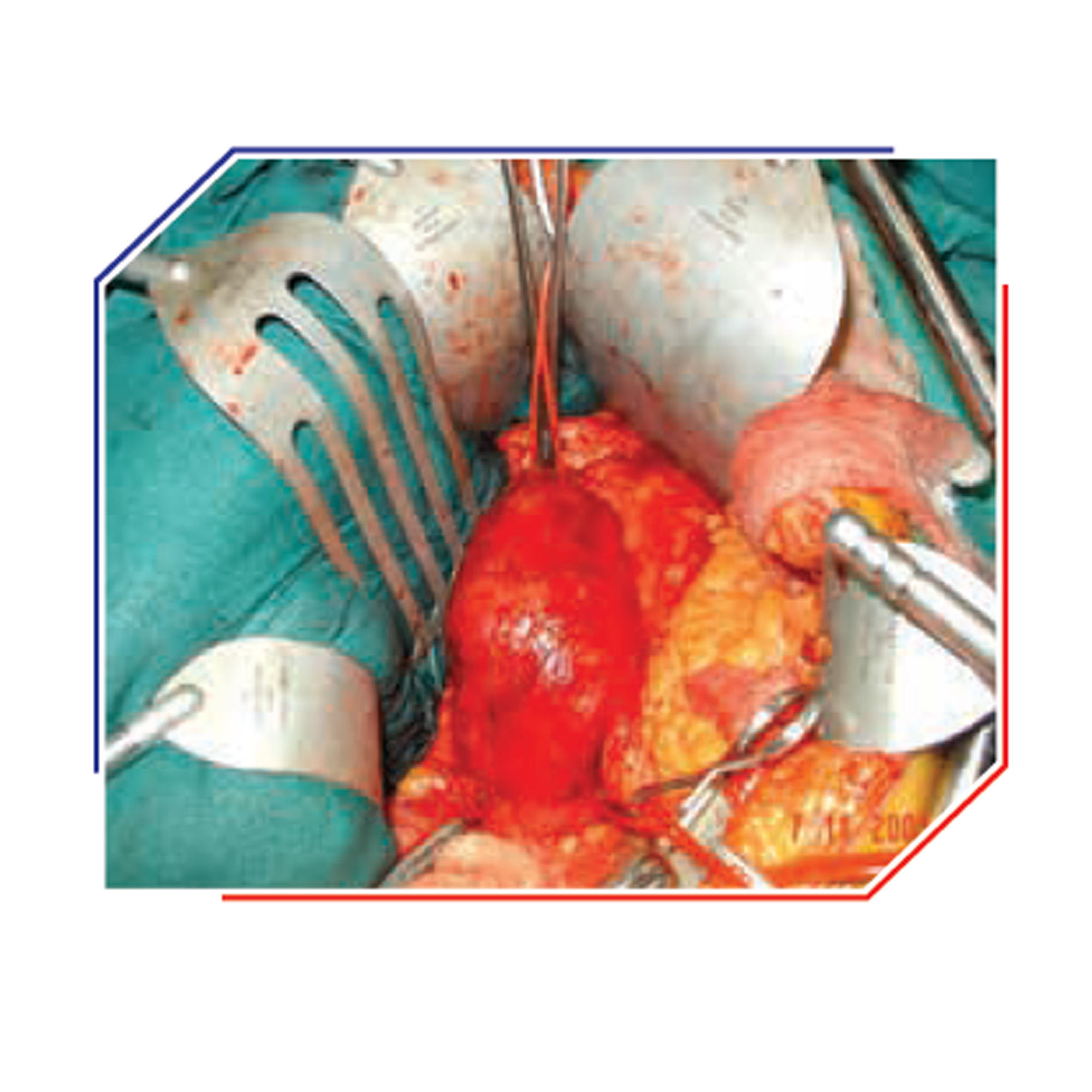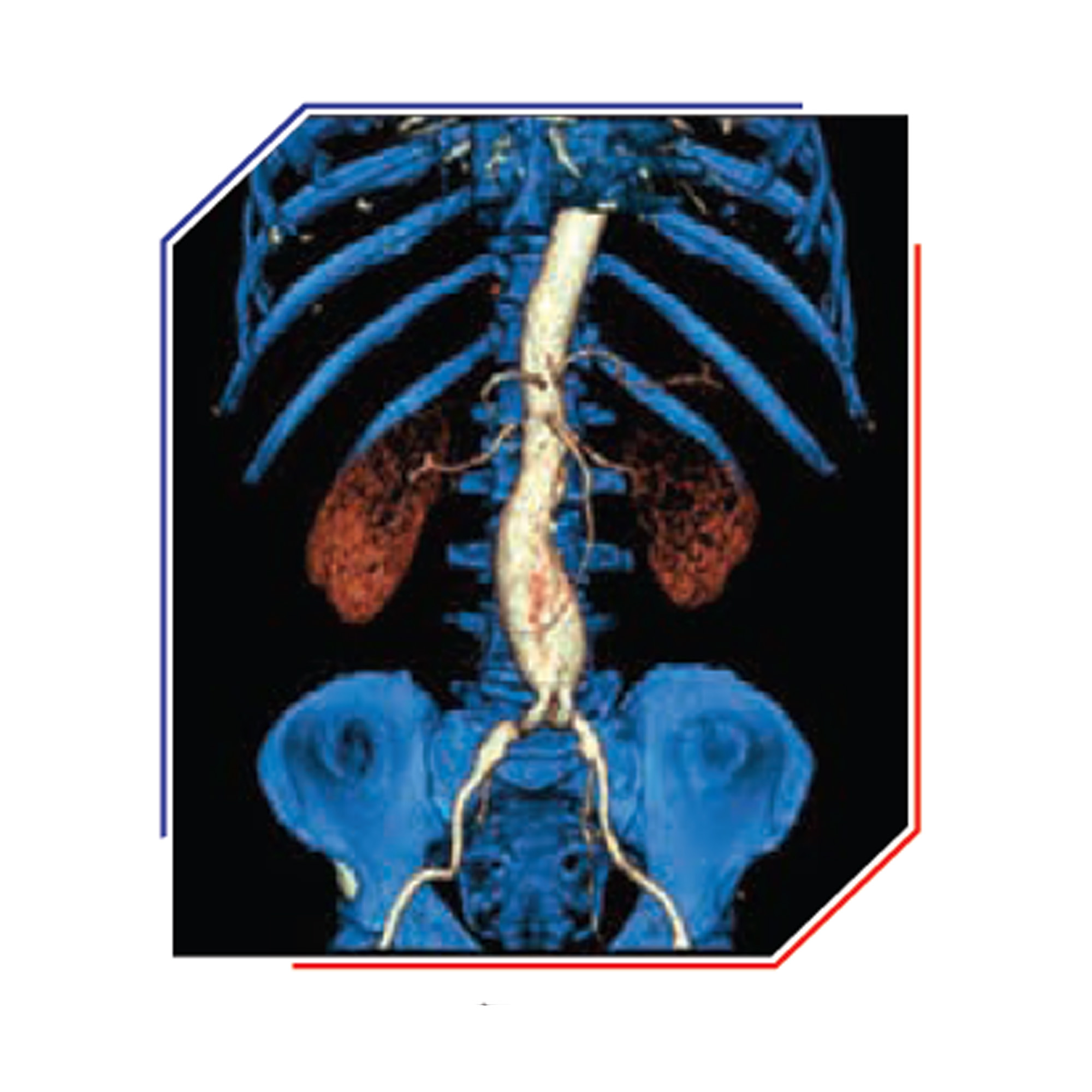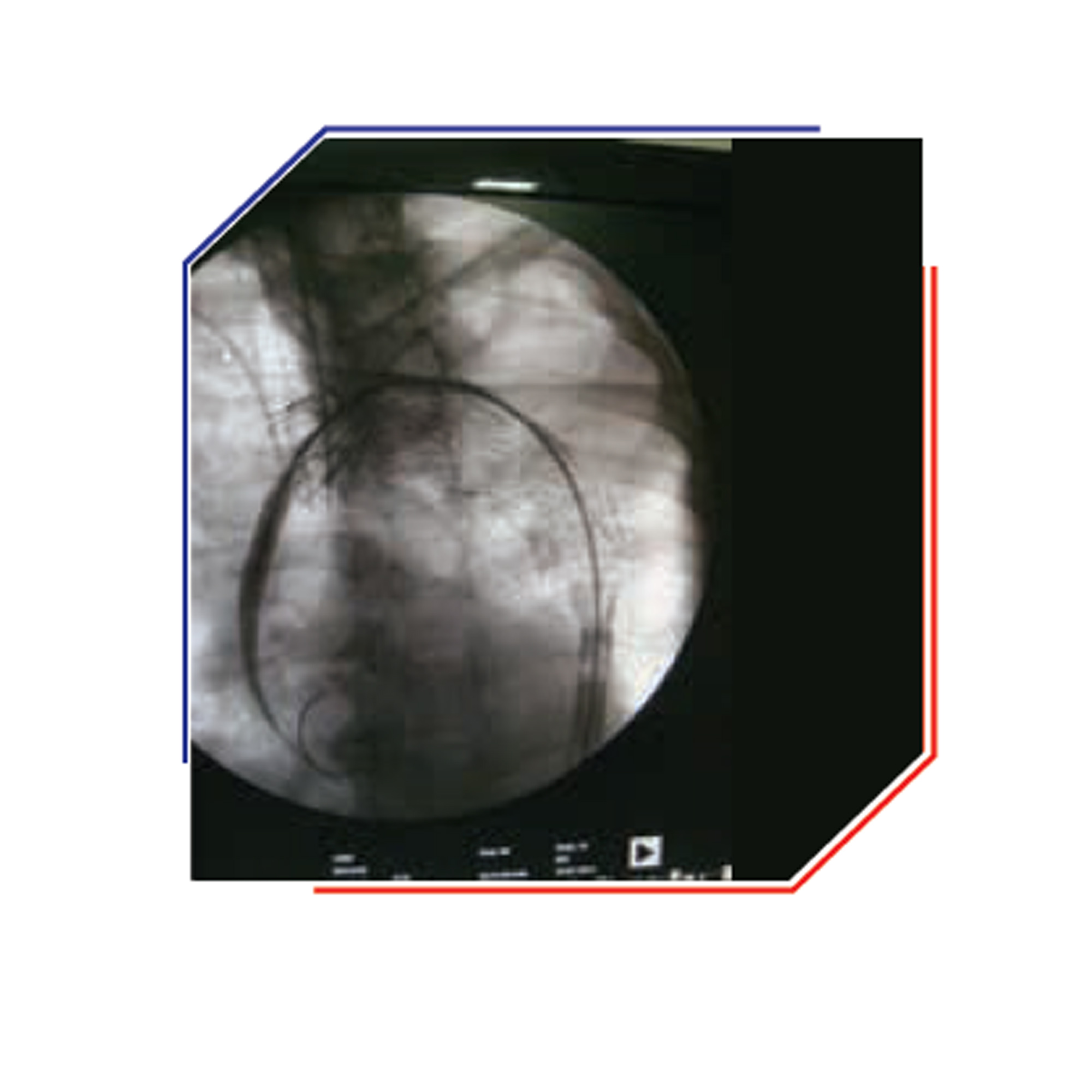
An aortic aneurysm is a balloon-like bulge in the aorta, the large artery that carries blood from the heart through the chest and torso. Aortic aneurysms can dissect or rupture: The force of blood pumping can split the layers of the artery wall, allowing.
The Aorta is the largest artery in the body, stretching out from the heart through the chest and the abdomen region. Aortic diseases, to a great extent, affect the elderly and are more common as age progresses. They account for significant cardiovascular morbidity and mortality around the world.
Consult a qualified vascular-endovascular surgeon immediately. Investigations needed include abdominal ultrasonography/CT scan (as advised by the vascular surgeon)

What happens if the aneurysm gets ruptured before treatment?
If neglected, an aortic aneurysm can get ruptured in a process similar to an expanding balloon, leading to on-the-spot death of the patient. The patient could even die before reaching the hospital.
Medical treatment: Patients with an aneurysm smaller than 5.5 cm in men and smaller than 5 are usually treated by medications and 6-monthly serial evaluation with CT scan. If the aneurysm increases in size, the patient is advised to undergo therapeutic intervention.
Who needs urgent intervention?

1. Endovascular Aortic Repair (EVAR/TEVAR) - now considered to be the standard of care.
The procedure is performed at a dedicated vascular cath lab. It involves the placement of an endovascular stent graft through small incisions at the top of the leg into the aorta. This graft covers the abnormal portion of the aorta and prevents blood flow into the aneurysm. Consequently, the aneurysm gets closed and shrinks over a period of time. As compared to open surgery, EVAR/TEVAR has a lower risk of complications and death in the short term along with the advantage of a shorter hospital stay (3-4 days).